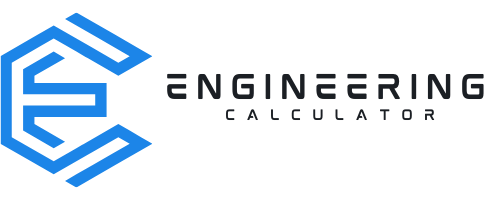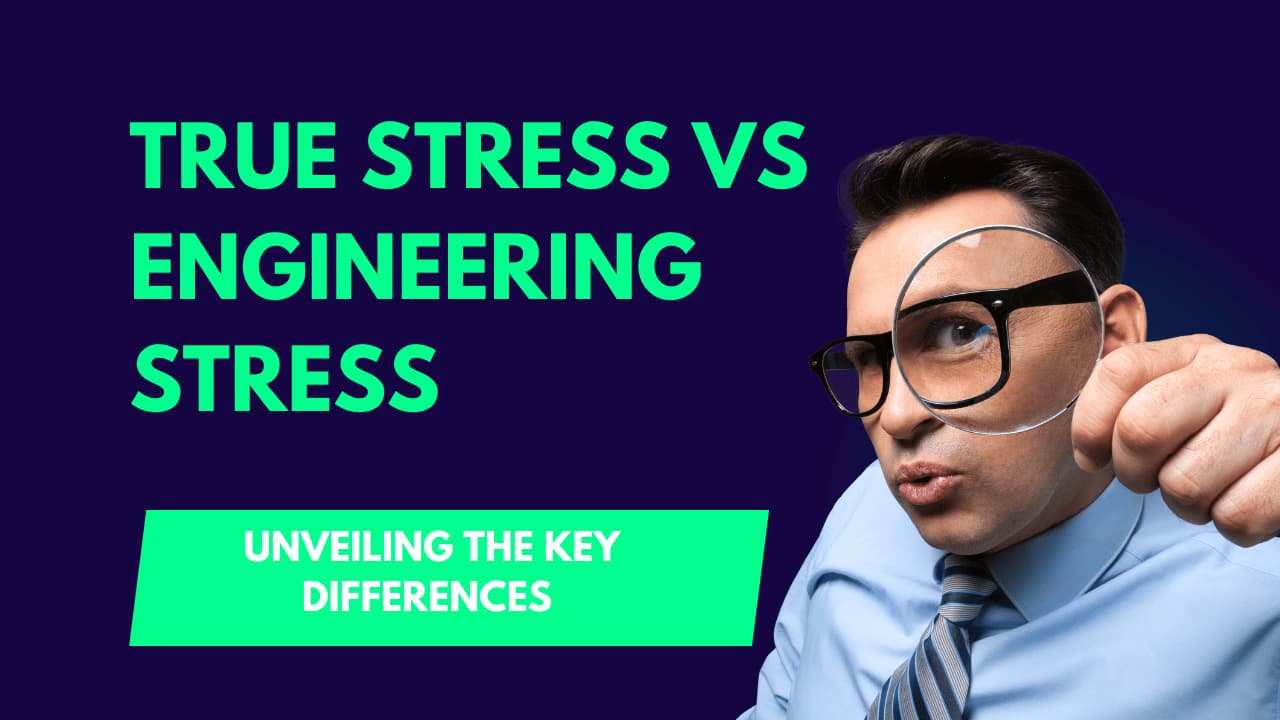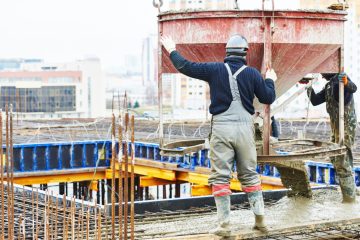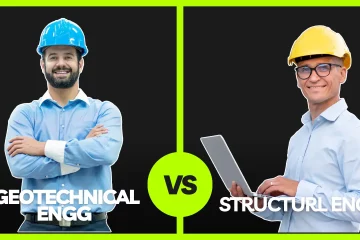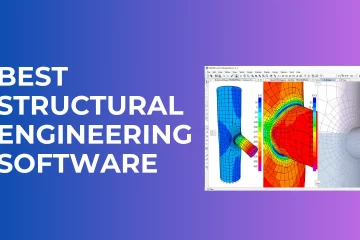In the world of material analysis and structural engineering, the concepts of true stress and engineering stress play a significant role in understanding and predicting material behaviour under deformation.
These two stress measurement approaches offer distinct perspectives, each with its own advantages and limitations.
By examining their differences and practical implications, engineers can make informed decisions when selecting the appropriate stress measurement method for their specific applications.
True Stress vs Engineering Stress: Exploring Differences & Practical Impact In Simple Table
| Feature | True Stress | Engineering Stress |
| Definition | The force acting per unit of the original undeformed cross-sectional area of the material. | The force acting per unit of original undeformed cross-sectional area of the material. |
| Calculation | σ (true stress) = F / A (actual) | σ (engineering stress) = F / A₀ (original) |
| Consideration of Deformation | Accounts for the change in the material’s cross-sectional area as it deforms. | Ignores the change in the cross-sectional area, assuming it remains constant. |
| Applicability | More accurate for large deformations where the material undergoes significant shape changes (necking). | More appropriate for small deformations where the material remains relatively unchanged in shape. |
| Stress-Strain Curve | Typically shows a continuously increasing trend due to the incorporation of the decreasing area in the calculation. | Provides a more realistic account of the material’s true strength and behaviour under high stress. |
| Material Behavior Prediction | Ideal for analyzing materials used in applications where they experience significant plastic deformation, such as * Metal forming processes (e.g., deep drawing, wire drawing) * High-pressure environments (e.g., pipelines, pressure vessels) * Crashworthiness testing | Can be misleading for highly ductile materials undergoing significant necking. |
| Practical Applications | Ideal for analyzing materials used in applications where they experience significant plastic deformation, such as Metal forming processes (e.g., deep drawing, wire drawing) High-pressure environments (e.g., pipelines, pressure vessels) Crashworthiness testing | Suitable for initial design calculations and preliminary stress analysis, particularly for materials with minimal plastic deformation. |
Engineering Stress: A Simplified Approach
Engineering stress is a commonly used method to measure stress in materials. It is derived by dividing the applied force by the original cross-sectional area of the specimen. This approach assumes that the cross-sectional area remains constant throughout the testing process, providing a simplified stress-strain relationship.
Engineering stress is widely employed due to its simplicity and accessibility in material analysis and design calculations.
However, it is essential to recognize that engineering stress has limitations. By assuming a constant cross-sectional area, it fails to account for the actual stress experienced by the material as deformation occurs.
In situations where significant elongation or compression takes place, resulting in changes to the cross-sectional area, the accuracy of engineering stress measurements may be compromised.
- Lenovo’s lightest mobile workstation, Packaged in a 14″ chassis and powered by up to powerful processors and discrete graphics this mobile workstation is ideal for highly mobile power users. Innovate freely, wherever life takes you.
- Sleek Laptop Bag: This modern laptop bag features gunmetal Signature 1884 rivets, a dedicated sound pocket for earbuds, and a detachable shoulder strap
- Modern Computer Backpack: This sleek laptop backpack features lockable zippers and separate tech pockets for earbuds and digital writing devices
- Sleek Messenger Bag: This laptop bag features a magnetic closing system for secure locking, protective flaps, and a pass-through pocket to attach your bag to your trolley for easy maneuvering
- Lenovo’s lightest mobile workstation, Packaged in a 14″ chassis and powered by up to powerful processors and discrete graphics this mobile workstation is ideal for highly mobile power users. Innovate freely, wherever life takes you.
- Modern Business Backpack: This laptop backpack features practical stretch water bottle holders, feet on the base, and a pass-through pocket to attach your backpack to your trolley
- Used Book in Good Condition
- Size: Elevate your style with our exclusive pack of 50 vinyl stickers, carefully curated to ensure no duplicates. Ranging in size from 2 to 4 inches, these stickers boast a unique and exquisite design that adds a touch of fun and flair to your everyday life.
- Package contents: you will receive 84 pieces of water bottles city decals, including 42 styles patterns, namely assorted famous architectures in retro theme; The sufficient quantity and various stickers can meet your daily needs, you can also share them with your friends and family
True Stress: Incorporating Changing Cross-Sectional Area
True stress offers a more accurate representation of material behaviour during deformation by considering the changing cross-sectional area of a specimen.
Unlike engineering stress, which relies on the original cross-sectional area, true stress is calculated by dividing the applied force by the instantaneous cross-sectional area at each point in the deformation process.
As the specimen elongates or compresses, the cross-sectional area dynamically adjusts, leading to true stress values that surpass their engineering stress counterparts.
This dynamic approach allows for a more precise understanding of material behaviour, particularly in scenarios characterized by significant deformation.
The Importance of True Stress in Material Analysis
While engineering stress remains a widely used approach, there are instances where true stress becomes indispensable.
In situations such as plastic deformation, where materials exhibit substantial strain hardening or necking, relying solely on engineering stress calculations may lead to inaccurate predictions and analyses.
True stress takes into account the changing cross-sectional area, providing a more reliable representation of the material’s response to deformation.
By adopting the true stress-strain relationship, engineers can gain a deeper understanding of material behaviour in situations involving extensive deformations or non-uniform stress distributions.
This knowledge empowers them to make informed design decisions and accurately predict the structural performance of components and systems.
Calculating True Stress from Engineering Stress
Converting engineering stress values into true stress values is a relatively straightforward process. It involves considering the changes in cross-sectional area and deriving the relationship between the two stress measurement methods.
Mathematical techniques such as integration or summation enable the transformation of available engineering stress data into a true stress-strain curve.
Accurate determination of true stress values requires precise knowledge of the instantaneous cross-sectional area at each point of deformation.
Obtaining such measurements can be challenging in practical scenarios, but advancements in experimental techniques and numerical simulations have made it increasingly feasible to obtain reliable true stress data.
- Build 20 different models that each teach about force, load, compression, tension and more
- Over 285 interchangeable building pieces
- Includes 36-page, illustrated experiment manual and Assembly guide
- Skill level: Intermediate
- Hardcover Book
- Mahamid, Mustafa (Author)
- English (Publication Language)
- 960 Pages – 05/22/2020 (Publication Date) – McGraw Hill (Publisher)
- Gordon, J. E. (Author)
- English (Publication Language)
- 424 Pages – 07/10/2003 (Publication Date) – Grand Central Publishing (Publisher)
- Hardcover Book
- Hillhouse, Grady (Author)
- English (Publication Language)
- 264 Pages – 11/01/2022 (Publication Date) – No Starch Press (Publisher)
- Williams PhD SE FICE C Eng, Alan (Author)
- English (Publication Language)
- 654 Pages – 09/21/2021 (Publication Date) – PPI, a Kaplan Company (Publisher)
Practical Implications and Considerations
The decision to incorporate true stress in material analysis depends on several factors, including the magnitude of deformation, the material’s behaviour, and the desired level of accuracy.
In many engineering applications, engineering stress remains sufficient, especially when dealing with small deformations where the assumption of a constant cross-sectional area holds true.
However, for situations involving significant deformations or non-uniform stress distribution, embracing true stress becomes imperative.
By accounting for the changing cross-sectional area, true stress provides a more accurate representation of material behaviour, enabling engineers to make more informed decisions regarding design, structural integrity, and failure prediction.
FAQs
What is the difference between engineering stress and true stress?
The difference between engineering stress and true stress lies in how they are calculated. Engineering stress is calculated by dividing the applied force by the original cross-sectional area, while true stress takes into account the actual, changing cross-sectional area as deformation occurs.
Why is true stress greater than engineering stress?
True stress is typically greater than engineering stress because it considers the reduction in cross-sectional area during deformation. As the material is strained, its cross-sectional area decreases, causing an increase in the applied stress required to continue the deformation.
What is the difference between engineering and true stress-strain diagrams?
The difference between an engineering and true stress-strain diagram is that the engineering stress-strain diagram uses the original cross-sectional area to calculate stress, while the true stress-strain diagram uses the changing cross-sectional area during deformation to calculate stress.
What is the difference between stress and engineering strain?
Stress refers to the force per unit area applied to a material, while engineering strain refers to the deformation or change in length per unit length of the material. Stress and strain are related through the material’s modulus of elasticity, which describes its stiffness.
What is the relation between true stress and engineering stress formula?
The relationship between true stress and engineering stress can be expressed through the formula: true stress = engineering stress * (1 + engineering strain). This formula accounts for the change in the cross-sectional area during deformation and allows for a more accurate representation of the stress-strain behaviour of a material.
What are engineering stresses?
Engineering stresses are the stresses calculated using the original cross-sectional area of the material. These stresses are commonly used for initial design calculations and analysis but may not accurately reflect the true stress distribution in the material during deformation.
Final Thoughts about True Stress vs Engineering Stress
Understanding the differences between true stress and engineering stress is crucial in material analysis and structural engineering.
While engineering stress offers simplicity and convenience, true stress accounts for changing cross-sectional areas, providing a more accurate representation of material behaviour during deformation.
Engineers must carefully consider the strengths and limitations of each approach when selecting the appropriate stress measurement method for their specific applications.
By doing so, they can make informed decisions, predict material responses accurately, and design structures with confidence and precision.
You May also like:
Best Structural Engineering Software
What are Beams and Columns in Structural Engineering?
Best Tablets For Civil Engineers
Best Tablets For Structural Engineers
Best Laptops For Civil Engineers
Best Laptops For Structural Engineers
What Is Structural Engineering?
How to Tell if a Wall Is Load Bearing
Best Laptops For Structural Engineers
